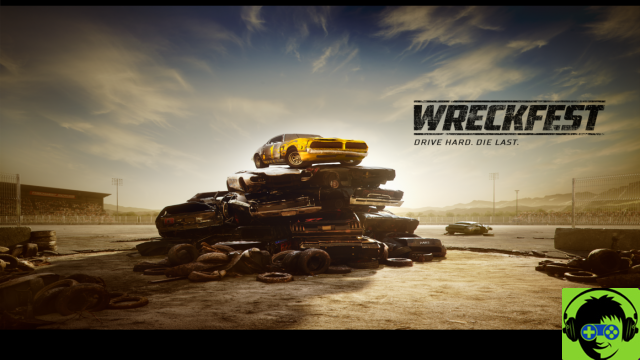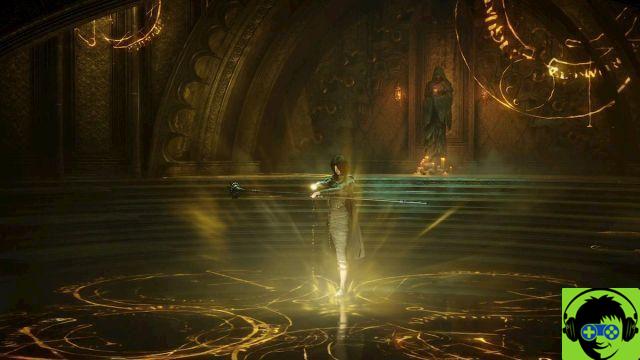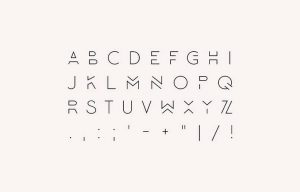The history of the Mac may have been one of many short trajectories of innovative products that fail to take off.
Like so many visionaries, Steve Jobs bet all it was that the Macintosh was the future. With a directive against, with a large part of the company against, with the market against ...
Only he could see the pieces he had put together in his head: the MIT mouse, the visual interface, the characters he studied in college.
He was also Steve Jobs and he couldn't be wrong. His destiny was to change the world.

Isolated in his mansion, with his gang of pirates who would follow him until he lost his health, the couple, the idea of what was right and what was not, in exchange for some of the glory Jobs had promised them.
If Jobs can be recognized as something, it is that he was able to persuade, to convince. He knew how to extract what people had inside that they didn't know they had treasured.
As many recognized, he was able to squeeze a person out and make them feel grateful for it.
The Macintosh was born on January 24, 1984
Of course, the path to the presentation of the original Macintosh was littered with bodies that failed to complete the journey. Some retired voluntarily, unable to bear the pressure and the director's ego, perhaps seeing how marginalized Jobs was in his own company, thinking it was a losing war. Others simply weren't given the reservation for more information. They ran out of engine until they burst and were parked by the side of the road, doing other things that were less ambitious but allowed them to have a life.
The Mac was on the verge of not surviving because it was born at a critical moment: an Apple management determined to extend the life of products that were becoming obsolete and an outcast Jobs, determined - once again - in his messianic vision that he would save the company. , but with the right resources to develop it.
Jobs needed Apple to put everything it had into developing the potential of the Macintosh, and Apple needed a new product that would allow it to remain relevant.

Fortunately for history, for our history, the management failure was quicker than the Macintosh failure, although along the way the position of Jobs was claimed, who had to be exiled to the island of Next, to continue with. his vision (and fail again).
Those failures have shaped the Jobs 3.0 that Apple has relaunched to the heights it flies to today.
The Macintosh, originally presented as an all-in-one computer, still looks the same today.
Times have changed, tube monitors are now history, chip power has reached unimaginable heights, has known three different chips (and we're about to enter the fourth) but it's still a recognizable silhouette and a common thread in Apple's history. it cannot be ignored.
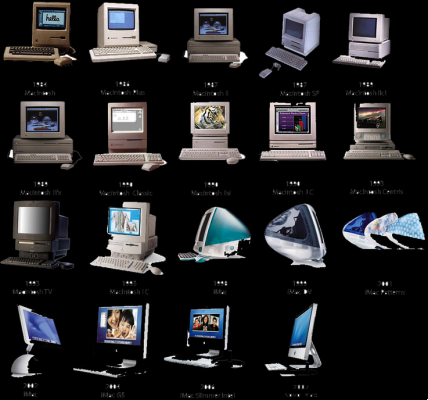
At 36, he is still an attractive mature man, in excellent shape and capable of adapting to everything that technology requires: from an ultra-powerful version for professionals to a computer for education.
And if the future calls for anti-gravity displays with three-dimensional holographic projections with augmented reality and artificial intelligence generated by mind waves, we can ensure that there will be an iMac that can do that.
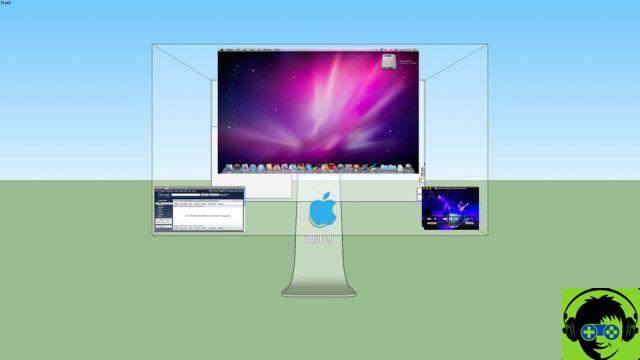
So today it goes for you, Macintosh, Mac for friends, for all it has given us and for all that you have left to give.



















